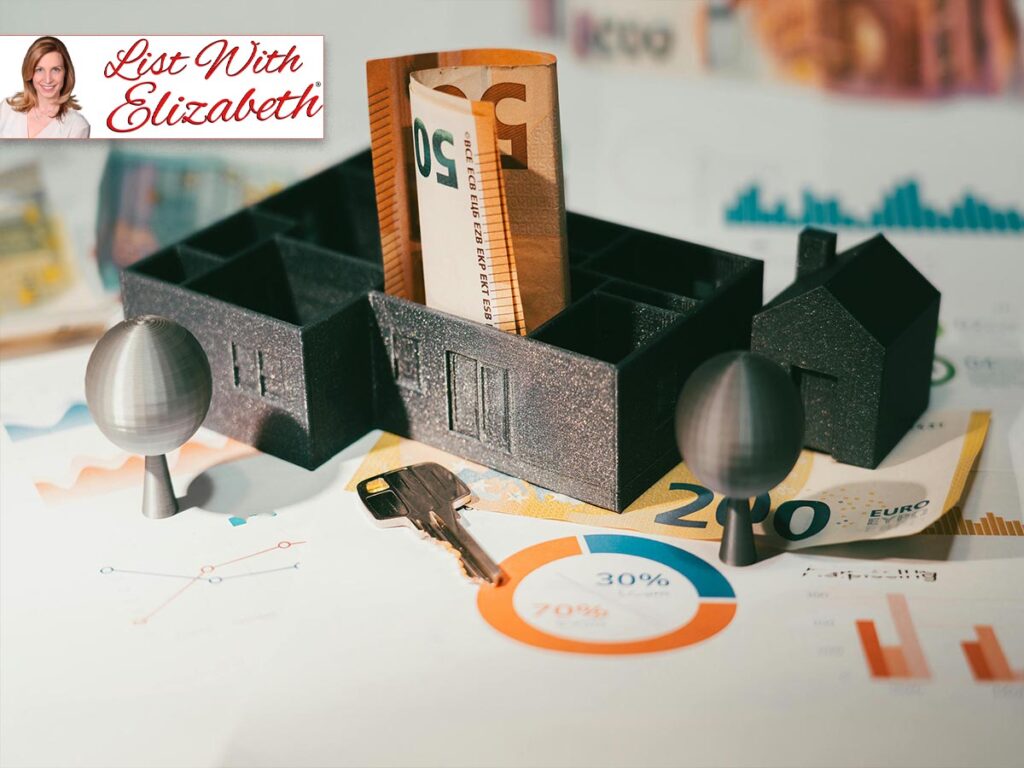The home loan program provided by the VA is administered by the U.S. Department of Veterans Affairs and is among the most appreciated benefits enjoyed by military service members. In order to help people become homeowners, it offers beneficial terms such as no down payment, low interest rates, and exemption from private mortgage insurance (PMI). These savings can lead to considerable reductions throughout the duration of a mortgage. To fully harness the advantages of a VA loan, it is essential to understand the eligibility criteria, property standards, financial factors, and application steps.
1.VA Loan Qualifying Requirements
To qualify for a VA loan, customers will have to meet qualifying military service requirements. Such qualify only under the fact that the benefit applies to individuals who have served honorably their country.
Groups Which Qualify:
Veterans served 90 continuous days of war or 181 days of peacetime.
Active-Duty Service Members at least 90 continuous days.
National Guard and Reservists with at least 6 years of service, or less in the event that they were released early due to a service-related condition.
Spouses of the deceased members while in service, or due to a service-connected disability
Applicants should also possess a Certificate of Eligibility (COE), which is proof that they are eligible for the benefit of the loan. It can typically be accessed online on the VA’s eBenefits portal, via mail, or through a lender.
2.VA Loan Property Requirements
The VA loan program is for purchasing primary residences, and therefore the house must be your primary residence. The loan does not go towards investment property or second homes.
Eligible Property Types:
Single-family homes
VA-approved condominiums
Multi-unit properties (duplexes, triplexes, and fourplexes) – as long as the borrower occupies one unit.
Manufactured homes – must be VA and HUD (Department of Housing and Urban Development) approved.
Additionally, the house must meet the VA’s Minimum Property Requirements (MPRs). These are minimal safety, sanitation, and structure requirements, thereby making the property move-in ready and occupant-ready. The home will be inspected by a VA-approved appraiser to confirm compliance.
3.Credit and Income Guidelines
Unlike conventional mortgages, there is no strict minimum credit score that the VA adheres to. Nevertheless, individual lenders expect at least a credit score of 620. The lenient policy of the VA allows most poor credit borrowers to qualify.
Financial Factors:
Debt-to-Income (DTI) Ratio: A DTI of below 41% would be ideal. However, percentages above this could be tolerated where the borrower exhibits strong compensating factors such as stable income, savings, or low monthly payments.
Residual Income Requirement: The VA has unique standards that ensure the borrowers have adequate income left over after unusual expenses (like housing, debt, taxes, and child care) to cover the cost of everyday living. This ensures that borrowers will not enter financial trouble.
No Down Payment: Eligible borrowers can buy homes with 100% of the home’s value, obliterating the need for a huge down payment.
4.VA Closing Costs and Loan Fees
Although VA loans exempt the borrowers from needing PMI, they do come with some unique costs:
Key Charges:
VA Funding Fee: An initial fee that subsidizes the VA loan program. It depends on borrower’s service history, down payment (if any), and whether first-time use or repeat use. For first-time use with no down payment, the fee is generally 2.3%, but repeat use can have up to 3.6%.
Closing Costs: These are similar to other loans and include appraisal fees, title charges, origination fees, and recording fees. Sellers can pay for these costs (up to 4%), or they can sometimes be added into the overall loan amount.
Key Note: Borrowers with a VA-recognized disability rating of 10% or more do not have to pay the funding fee—one of the largest cost-saving aspects provided under the program.
5.Key VA Loan Benefits
There are certain benefits that specifically apply to a VA loan, that make home buying less challenging and less expensive for military households:
- No Down Payment Needed: It is one of the only programs to offer 100% financing without any down payment needed.
- 2No Private Mortgage Insurance Required: Buyers save hundreds per month by not requiring private mortgage insurance.
- Lower Interest Rate: VA loans have lower interest rates compared to conventional or FHA loans.
- Flexible Credit Standards: Easy qualification, even for borrowers with prior credit issues.
- Reusable Benefit: The VA loan can be reused even after the sale of a previous VA-financed home.
- Foreclosure Avoidance Help: The VA helps troubled borrowers avoid foreclosure.
WRAPPING UP
The VA loan is more than a mortgage choice—it’s a reward earned through service. For qualified individuals, it provides a low-cost, flexible way into homeownership with fewer barriers and long-term benefits. Whether buying your first home or buying once again, knowing these guidelines will allow you to approach the VA loan process confidently.
With its $0 down payment, competitive rates, and lack of private mortgage insurance (PMI), the VA loan eliminates much of the conventional resistance to homeownership. Its adaptable credit standards and relaxed debt-to-income ratios provide a lifeline to those who otherwise would not qualify for a mortgage. Even better, the potential to reuse the benefit means it still benefits veterans over the course of their lives—whether they’re purchasing their first home, upgrading for a growing family, or downsizing in retirement.
But the real value of the VA loan lies outside its fiscal benefits. It’s an investment in stability, made over time. It’s an opportunity to establish equity, to secure futures, and plant roots in places defended by military service. It’s a possibility, for too many, for realizing the homebuying dream—without onerous exorbitant charges or stringent stipulations.



Leave a Reply